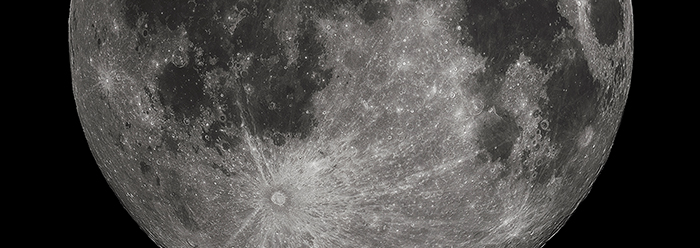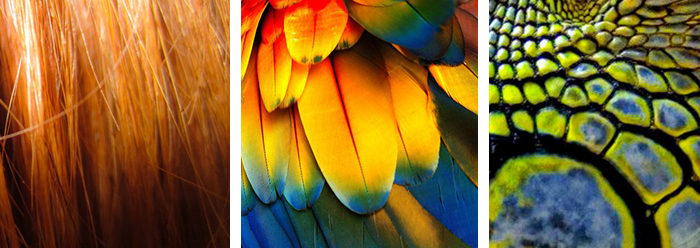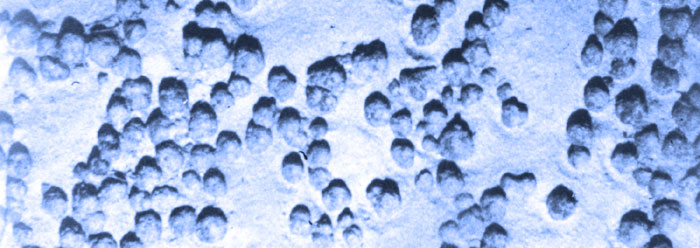The recurrent laryngeal nerve (RLN) in man is found branching off the tenth cranial nerve (vagus) in the chest cavity. The twelve cranial nerves are part of the beautifully designed autonomic nervous system (ANS) that controls involuntary body processes, including digestion, heart rate, and respiration. Evolutionists claim the Creator is a bad engineer, having the RLN dropping into the chest and looping around a ligament of the lung before going back up to the larynx (voice box). Evolutionist Michael Denton states, "The recurrent laryngeal nerve loops around the aorta and back up to the larynx instead of taking a more direct route."1 In other words, "Why not just have the nerve extend directly from the brain to the larynx?"
Before answering this, creationists are reminded of other past "bad design" arguments used by evolutionists that have since received good, scientific answers. Examples include the poorly designed thumb of the panda bear. The late S. J. Gould2 repeatedly cited this allegedly corrupt feature, but he ignored the fact that panda bears have been doing just fine with this supposedly inferior structure. (For a fascinating discussion of this "pseudo-thumb" see Nature 397:309.)
In past decades, evolutionists, such as Richard Dawkins, have maintained the retina of our eyes was actually "wired backward." If a Creator existed, He certainly would not have done it that way with photoreceptor cells oriented so their sensory ends are directed away from incident light. Today we hear virtually nothing about this allegedly imperfect manner of wiring. Why? Because scientists have shown our retinas are designed exactly the way they should be in order to receive photons (light) and direct the impulses via the optic nerves to the back of the brain where they are made into images. Indeed, if the eye was designed to Darwinist specifications, we would be blind. (See also: http://www.trueorigin.org/retina.asp)
Why did the Creator design the loop of the RLN? To the secular biologist, it is both strange and unnecessary, basing these judgments on the corrupt philosophy of Darwinism (macroevolution). But creation scientists and medical doctors are investigating and have several ideas. There are branches of the RLN going above and below the larynx (both branch off the vagus) that would allow some preservation of function if either one is severed. The RLN passes tightly under the aorta (the large, main artery coming from the left ventricle of the heart). Perhaps variation in the diameter of the aorta could alter the function of the RLN.
Of course, the amazing and complex field of neuroanatomy and physiology itself is an affront to Darwinism. The origin (not the present operation) of life's amazing complexity is seemingly not within the reach of merely natural processes. Let the evolutionist explain the origin and gradual evolution of our 3-pound brain from "simple" life forms while the creationist continues to investigate the puzzling RLN route. I believe we will have our answer first.3
- Denton, Michael J., Nature's Destiny, Free Press, 1998, p. 260.
- Gould, S. J., "The Panda's Thumb of Technology," Natural History, January 1987, p. 14.
- Bergman, J. The Recurrent Laryngeal Nerve is Not Evidence of Poor Design. Acts & Facts. ICR.org, August 1, 2010.













